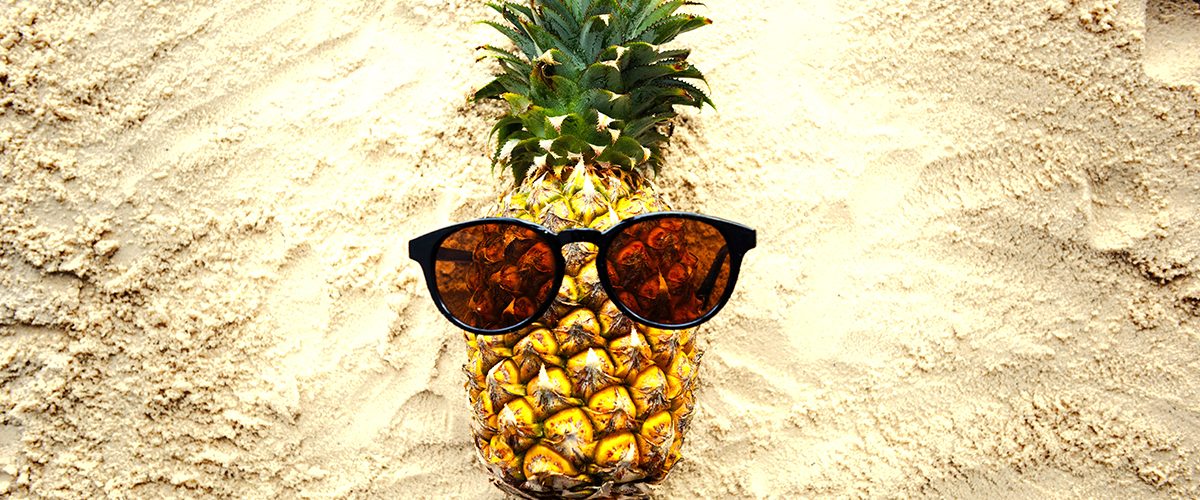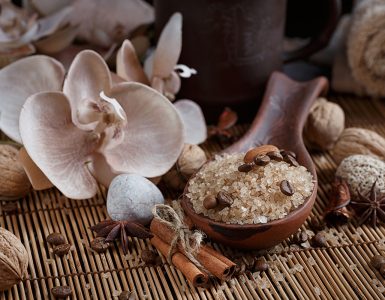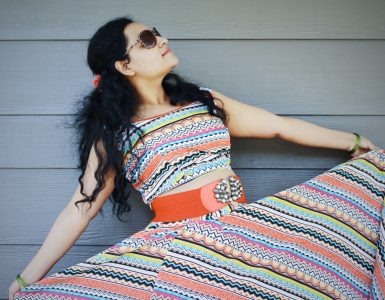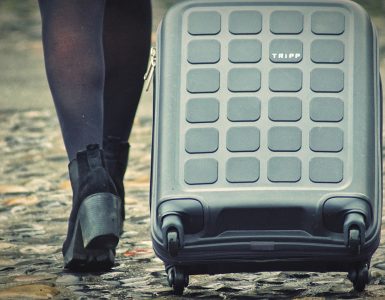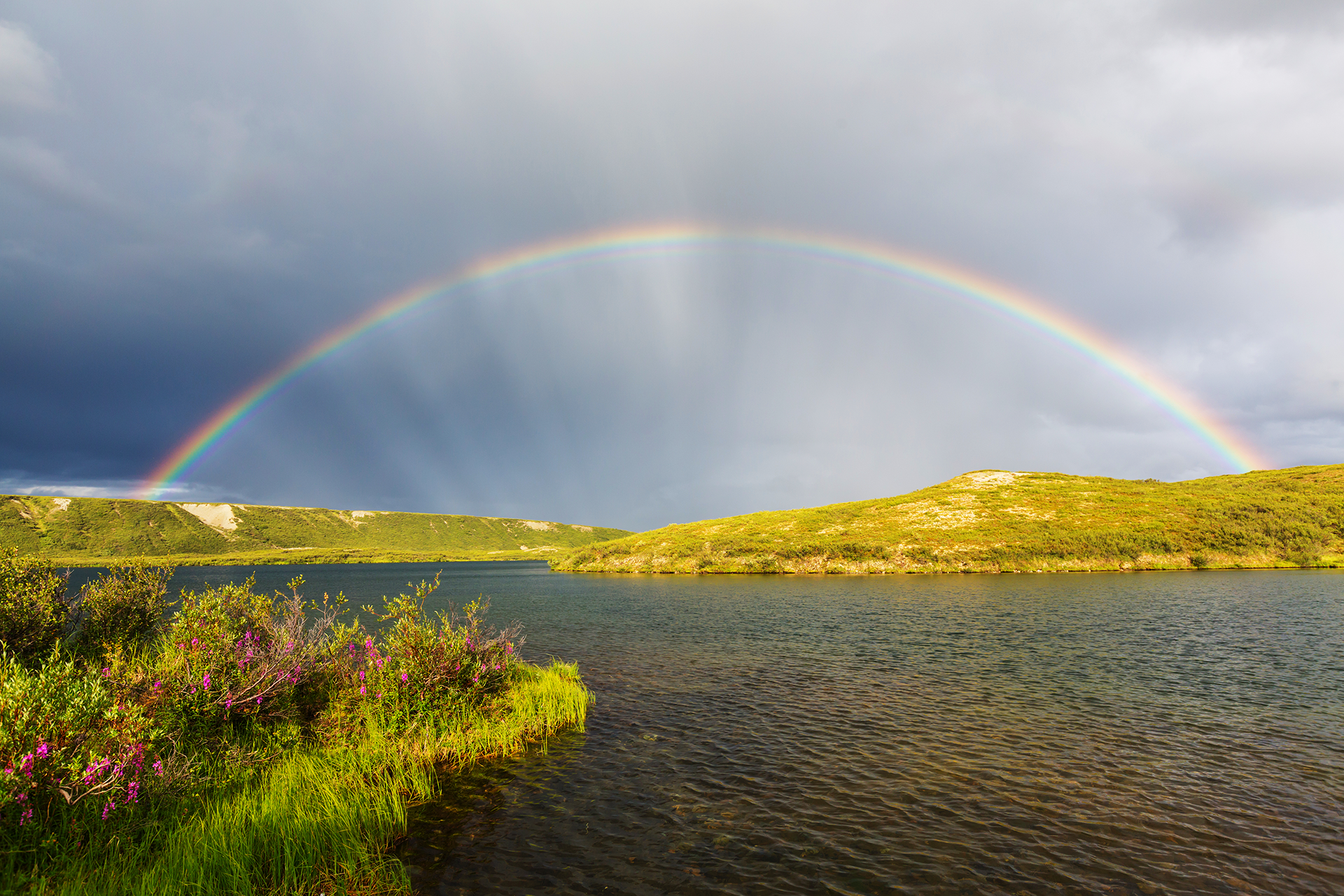In the quaint underwater community of Bikini Bottom, nestled somewhere beneath the waves of the Pacific Ocean, lives an eternally optimistic sea sponge who revolutionized the concept of pineapple utilization. While most of us view pineapples as merely delicious tropical fruits, this yellow, square-shaped fellow saw something more profound: real estate potential. SpongeBob SquarePants, fry cook extraordinaire and bubbles enthusiast, doesn’t just appreciate pineapples—he literally lives inside one. His two-story pineapple domicile stands as a testament to thinking outside the conventional housing market. Complete with fully furnished rooms, a library, and even a second floor, this architectural marvel challenges our limited terrestrial understanding of fruit functionality. What’s particularly remarkable is that this pineapple residence has survived countless underwater disasters—from jellyfish stampedes to bubble-blowing catastrophes—proving that pineapple infrastructure may be more resilient than modern construction materials. Perhaps there’s a lesson here for sustainable housing developers: when the housing market gives you pineapples, make pineapple homes.
“The pineapple has long been the symbol of hospitality. But for some, it’s not just a symbol—it’s home, it’s identity, it’s everything.”
Every morning, our pineapple-dwelling protagonist embarks on a journey from his tropical abode to his place of employment, the famous Krusty Krab restaurant. This daily commute represents the seamless integration of pineapple living into a productive underwater lifestyle. SpongeBob’s infectious enthusiasm as he bounds out of his pineapple door each morning shouting, “I’m ready!” serves as an inspirational reminder that proper pineapple housing may directly correlate with workplace positivity. While his neighbor Squidward struggles with morning motivation from his moai head dwelling, SpongeBob’s pineapple seems to infuse him with inexhaustible energy. Scientists have yet to study the potential mood-enhancing effects of pineapple habitation, but anecdotal evidence from Bikini Bottom suggests it may be substantial. Even on his days off, SpongeBob’s activities—from jellyfishing to karate with Sandy Cheeks—begin and end at his beloved pineapple, making it the central hub of his joy-filled existence. His pineapple isn’t merely where he sleeps; it’s the foundation from which he launches his boundless zest for underwater life.
A Pet-Friendly Fruit
Perhaps one of the most remarkable aspects of SpongeBob’s pineapple lifestyle is its pet-compatibility. His beloved pet snail, Gary, thrives within the pineapple environment, suggesting that these fruits may provide optimal conditions for gastropod companions. Gary enjoys all the amenities of modern snail living while benefiting from the apparent acoustics of pineapple architecture—his signature “meow” resonates perfectly within the tropical walls. The relationship between Gary and the pineapple habitat demonstrates remarkable symbiosis; Gary’s slime trail possibly contributes to the preservation of the interior fruit walls, while the pineapple provides a secure shelter with naturally pest-resistant properties (with the notable exception of nematodes, which have occasionally invaded). SpongeBob has customized the pineapple interior to accommodate Gary’s needs, including a sophisticated food bowl and snail-sized furniture, proving that with minimal modifications, pineapples can indeed be transformed into multi-occupant dwellings. Their harmonious co-habitation suggests that perhaps more pet owners should consider the untapped potential of fruit-based living arrangements.
Social Life Centered Around Citrus
The pineapple house serves not merely as SpongeBob’s private residence but as a social hub for the entire community. His best friend Patrick Star, neighbor Squidward Tentacles, and various other Bikini Bottom denizens regularly visit the pineapple for gatherings, emergencies, and spontaneous musical numbers. This suggests that pineapple dwellings may possess superior acoustic properties for both clarinet practice (much to Squidward’s chagrin) and impromptu song performances. The pineapple’s open-door policy has facilitated countless adventures, from bubble-blowing competitions to Krabby Patty cooking marathons. During community crises, SpongeBob’s pineapple often serves as an emergency meeting location, highlighting the fruit’s potential as a disaster readiness center. Even Sandy Cheeks, who requires a specialized water-free environment, finds ways to engage socially at the pineapple residence, indicating its remarkable adaptability to diverse visitor needs. The durability of the pineapple in withstanding these frequent social gatherings—some of which have admittedly gotten out of hand—speaks to the underrated structural integrity of properly maintained tropical fruit housing.
When Disaster Strikes: Pineapple Resilience
Throughout his years in Bikini Bottom, SpongeBob’s pineapple home has endured trials that would challenge even the most robust conventional structures. From being partially devoured by nematodes to nearly being destroyed by SpongeBob’s excessive bubble-blowing, the pineapple has demonstrated remarkable regenerative capabilities. In one particularly notable incident, the entire pineapple was completely consumed, only to be mysteriously restored by the next episode—a recovery rate unmatched by traditional construction methods. When a marauding giant worm threatened Bikini Bottom, SpongeBob’s quick thinking involved relocating the entire community, pineapple included, demonstrating the previously unexplored potential for pineapple mobility in crisis situations. On another occasion, when his pineapple was briefly condemned due to a pest infestation, SpongeBob temporarily relocated but returned to find his fruit home miraculously restored to pristine condition. These incidents collectively suggest that pineapple homes, while occasionally vulnerable to specific threats, possess extraordinary resilience and potentially supernatural restorative properties. While building codes on land may not yet recognize pineapple construction as viable, the evidence from Bikini Bottom provides compelling reasons to reconsider our limited terrestrial building regulations.


